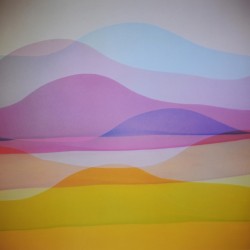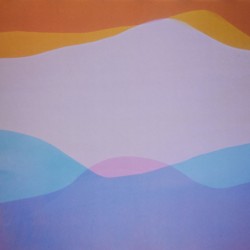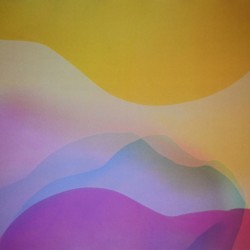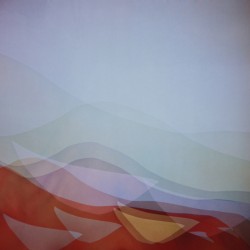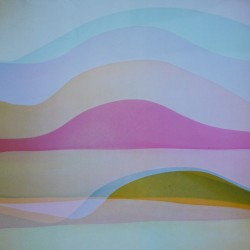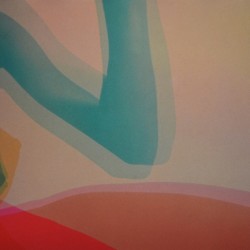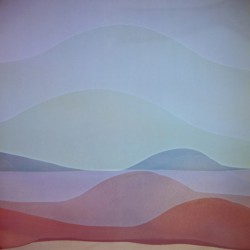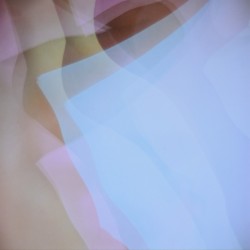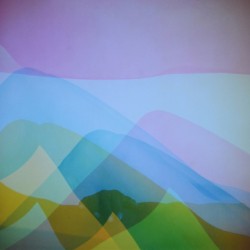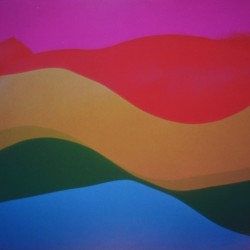When François Dolmetsch arrived in Colombia in 1962, he came by boat and took a long, bumpy car ride from Buenaventura to Cali to meet his wife’s family for the first time. Much like Paul Gauguin visiting Panama and Martinique in the late 19th century, Dolmetsch was inspired by the beautiful, exotic landscape of Colombia. It was a lush terrain filled with a myriad of plants, animals, and beautiful people.
Dolmetsch began taking photos in Europe, his father of French origin and his mother, British, he captured figures, both abstract and human, on the subways, in the flea markets, in the café’s, and on the street of London and Paris. It was a proper culture, where photography had a long history, and creative influence was easy to come by.
After a couple of years of immersion in the Colombian culture, he began showing his photographs at the National Art Festival of Colombia. He was quickly accepted into the folds and before long, he brought a little of the history of photography to the art world in Cali. With the help of his sister-in-law and his wife, he was able to secure a model, a beauty queen from the Valle de Cauca, who posed nude for him in a river. The series of photos received strong criticism as nude art photography had never been shown in Colombia previously. He was inspired, not only by his predecessors like Edward Weston or Imogen Cunningham from the United States, but of the beauty of Colombia. And he wasn’t about to stop.
Dolmetsch was invited to present his work at the Museum of Modern Art in Bogotá and became the first photographer to do so. He began receiving exhibitions almost annually while he created new work, utilizing photographic techniques such as multiple exposure or later, colored filters to create images the projected movement like had never been seen here before.
It was after investigating the human form and Colombian expression, that he decided to take a trip through Colombia and capture the culture of the people. Much like Walker Evans and the Farm Security Administration did in the 1930s, Dolmetsch traveled vigorously, viewing the landscape of this land that was reflected through religion, conversation, heritage, a blend of indigenous, Spanish, and African cultures, and the eminent civil war.
But something was missing. This land had color and all he had was black and white. Luckily, color photography was arriving to Colombia and was coming into vogue around the world in the mid-1970s. Using positive film, Dolmetsch decided to capture the colorful landscape of Colombia through what he had done for years – multiple exposure nudes. And so, with various colored filters, captured vibrant colors and movements that expressed Colombia. Yet capturing was not enough. As analog photographers know well, taking the photo is half the work, developing it is the rest. Utilizing a new form of printing color photography, Dolmetsch sent off his negatives to a print shop that produced Cibachromes (later purchased by Ilford and called Ilfordchromes), which produced potent colors and a metallic shine.
In 1983, five years after producing these images, Dolmetsch was invited to present the work, along with older nude images, at the Galería Santa Fe in Bogotá. Two years later, the works were presented in Hamiltons Gallery in London and subsequently disappeared into the depths of his studio in Cali. Last year, after archiving Dolmetsch’s life’s work, Galería MÜ discovered the original prints from the Galería Santa Fe exhibition and decided to present them to the contemporary world in order to take a look back at the history of Colombian photography and the introduction of color into it’s vision.
François Dolmetsch graduated from Kings University in 1962 with a degree in History. He has had individual exhibitions in a great number of art spaces including galleries and museums in Colombia, Sweden, the United States, the United Kingdom, Denmark, Mexico, Italy, and France. His artwork can be found in the collections of the Museo de Arte del Banco de la República, the Museo de Arte Contemporáneo, and the Museo de Arte Moderno de Bogotá, amongst others.

